Balancing Maliki
June 26, 2009 - Jeremy Domergue
Iraq’s political map has changed dramatically since the Provincial Elections with the emergence of new national coalitions.

Iraq’s political map has changed dramatically since the Provincial Elections with the emergence of new national coalitions.
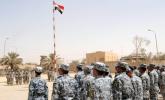
For the first time since the start of the war, American forces are withdrawing from Iraq’s cities, reducing their numbers and turning responsibility for security over to Iraqi forces.

The term surge is a popular catchword these days, but it is unhelpful in understanding the realities and complexities of what has happened and is happening in Iraq.

Following Iraq’s provincial council elections on January 31, 2009, the political parties that captured seats in the provinces of the mainly Shia south scrambled to form ruling alliances.
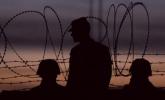
ISW President Kimberly Kagan writes an editorial in the Washington Examiner on the new American leadership in Afghanistan and NATO.
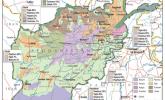
ISW's most recent map of Afghanistan indicates the locations of ethno-linguistic groups and their representation in Afghanistan's largest cities.

On April 19th, 2009, Iraq’s Council of Representatives successfully elected Ayad al-Samaraie as its new speaker of parliament.
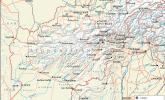
A topographical map of Afghanistan and its neighbors that show major roads, cities, and tributaries.
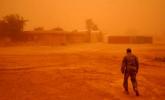
The parliament has learned how to use the power of the purse.